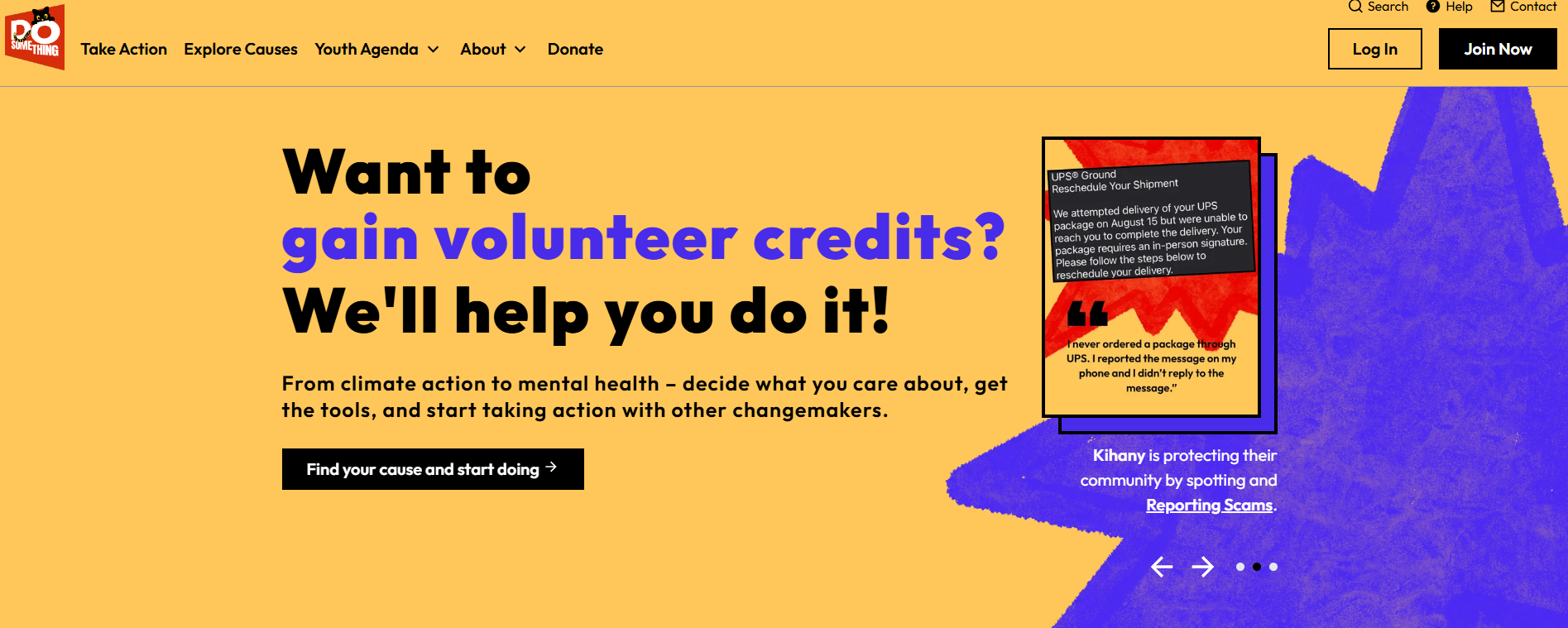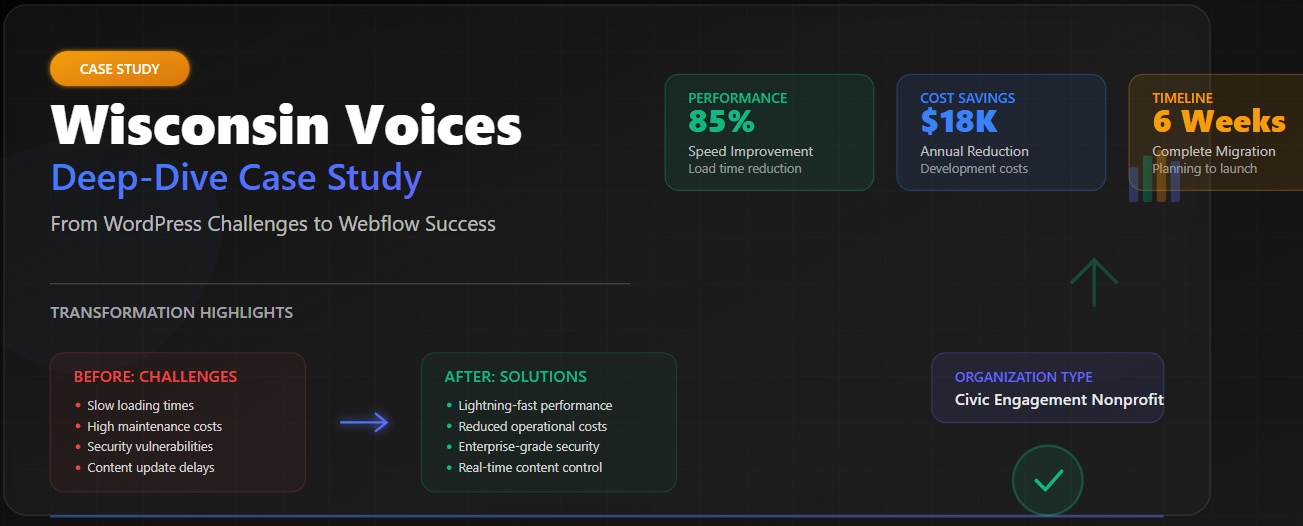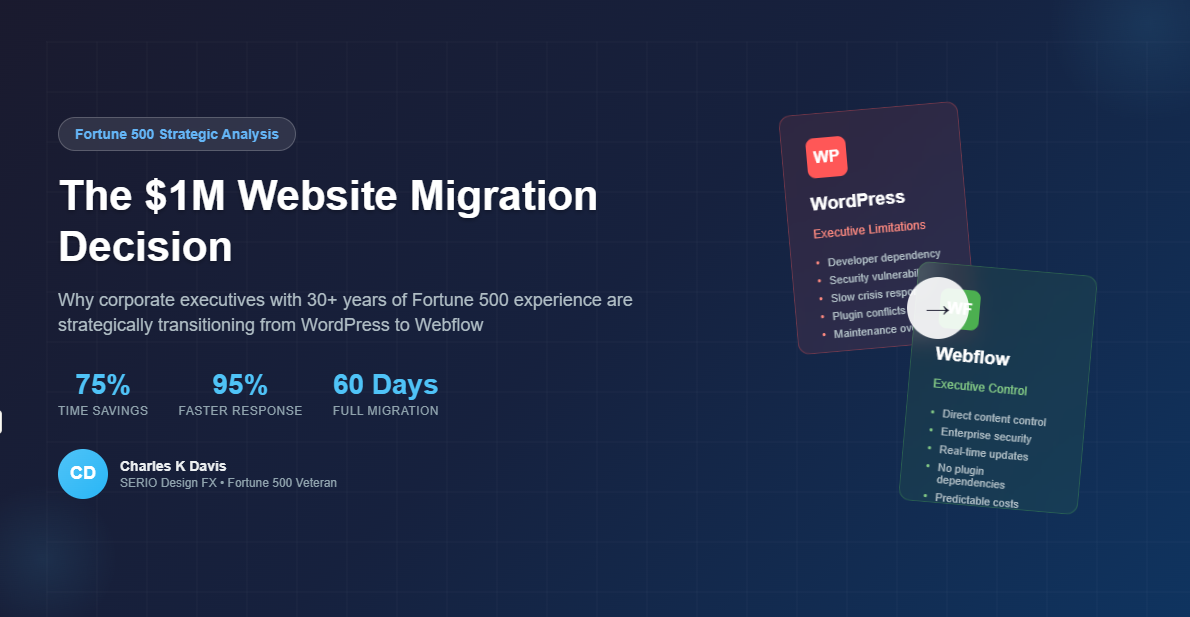How to Build a Business That Survives Any Economic Storm


Economic turbulence has become the new normal. Inflation spikes, supply chain disruptions, and market volatility have created an environment where only the most resilient businesses thrive. The companies that survive and prosper during downturns share one critical trait: they've built business models designed to withstand economic shocks.
This comprehensive guide examines the strategies and frameworks successful founders use to create recession-proof businesses. You'll discover how to assess your current vulnerabilities, implement proven resilience strategies, and position your company for sustainable growth regardless of market conditions.
The data tells a compelling story. During the 2008 financial crisis, businesses with diversified revenue streams were 3.2 times more likely to maintain profitability compared to those dependent on single income sources. Similarly, companies that maintained 12-18 months of operating expenses in cash reserves had a 67% higher survival rate during the pandemic-induced recession of 2020.
Building resilience isn't about predicting the future—it's about creating systems that can adapt to any scenario.
Understanding Today's Economic Volatility

Current market conditions present unique challenges that require strategic preparation. Global supply chain fragility, cryptocurrency market fluctuations, and geopolitical tensions have created interconnected risks that can rapidly impact businesses across all sectors.
The Federal Reserve's monetary policy shifts continue to influence borrowing costs and investment flows. Rising interest rates affect everything from customer purchasing power to business expansion costs. Companies relying heavily on debt financing or those serving interest-sensitive markets face particular exposure.
Inflation remains a persistent concern, with core prices rising faster than wages in many sectors. This dynamic squeezes both consumer spending and business margins simultaneously. Raw material costs, labor expenses, and operational overhead continue increasing while customer price sensitivity intensifies.
Supply chain vulnerabilities exposed during recent global disruptions haven't been fully resolved. Many businesses still operate with lean inventory models that leave them vulnerable to sudden shortages or transportation delays. Geographic concentration of suppliers creates additional risk points that smart founders are actively addressing.
Learning from Historical Market Crashes

The 2008 financial crisis provides crucial insights into business resilience strategies. The collapse began in the housing market but rapidly spread across all economic sectors. Businesses with high leverage ratios failed at disproportionate rates, while those maintaining conservative debt levels navigated the crisis more successfully.
During this period, companies focused on essential services or products experienced less severe impacts. Walmart, for example, actually gained market share as consumers shifted toward value-oriented shopping. Meanwhile, luxury retailers and discretionary spending categories saw dramatic revenue declines.
The dot-com bubble burst of 2001 demonstrated the dangers of revenue concentration and unsustainable growth models. Companies burning through cash reserves while pursuing growth-at-all-costs strategies collapsed when funding dried up. Survivors had developed sustainable unit economics and maintained operational discipline.
More recently, the COVID-19 pandemic created sudden demand shifts that caught many businesses unprepared. Restaurants, travel companies, and brick-and-mortar retailers faced immediate existential threats. However, businesses with strong digital capabilities and flexible operations adapted quickly to new market realities.
Each crisis reveals consistent patterns: businesses with diversified revenue streams, strong cash positions, and adaptable operations demonstrate superior resilience. Companies that had already invested in technology infrastructure and remote work capabilities transitioned more smoothly during pandemic lockdowns.
Strategic Cash Management for Resilience
Maintaining adequate cash reserves represents the foundation of business resilience. Financial experts recommend holding 12-18 months of operating expenses in readily accessible accounts, though this varies based on industry volatility and revenue predictability.
Cash flow forecasting becomes critical during uncertain periods. Successful founders implement rolling 13-week cash flow projections updated weekly. This granular visibility enables proactive decision-making before problems become critical. Understanding your cash conversion cycle—from initial investment to collected revenue—helps identify optimization opportunities.
Establishing multiple banking relationships provides additional security. Diversifying across institutions and maintaining relationships with different lenders ensures continued access to capital during banking sector disruptions. Community banks often provide more flexibility during economic stress periods compared to large national institutions.
Consider implementing tiered cash management strategies. Keep immediate operational funds in high-liquidity accounts while placing strategic reserves in slightly higher-yield instruments that can be accessed within 30-90 days. This approach balances security with returns during extended economic uncertainty.
Working capital optimization reduces cash requirements without compromising operations. Negotiating extended payment terms with suppliers while offering early payment discounts to customers improves cash flow timing. Inventory management systems that balance stockout risks against carrying costs become especially valuable during volatile periods.
Revenue Diversification Strategies
Single points of failure in revenue streams create dangerous vulnerabilities. Companies dependent on one major customer, geographic market, or product line face existential risks when economic conditions shift. Smart founders systematically build multiple revenue channels before crises emerge.
Geographic diversification spreads market risk across different economic regions. Expanding into markets with different economic cycles or seasonal patterns provides natural hedging against localized downturns. Digital businesses can often achieve geographic diversification more easily than physical operations.
Product and service diversification requires careful analysis of customer needs and market opportunities. The most effective approach involves leveraging existing capabilities to serve adjacent markets or customer segments. This strategy builds on core competencies while reducing development risks.
Customer segment diversification reduces dependence on any single industry or demographic group. B2B companies serving multiple industries demonstrate greater stability than those concentrated in cyclical sectors. Understanding the economic drivers of different customer segments helps predict demand patterns during various economic scenarios.
Revenue model diversification can provide stability through economic cycles. Combining one-time sales with recurring subscription revenue creates predictable cash flows alongside growth opportunities. Service businesses might add product sales, while product companies could introduce maintenance or consulting services.
Operational Excellence and Cost Management
Building operational resilience requires systematic analysis of cost structures and identification of variable versus fixed expenses. Companies with higher proportions of variable costs can adjust spending more rapidly during revenue declines, maintaining profitability across different business volumes.
Technology investments often provide both operational efficiency and resilience benefits. Automation reduces labor dependency while improving consistency and quality. Cloud-based systems offer scalability and reduce fixed IT infrastructure costs. These investments pay dividends during both growth and contraction phases.
Vendor relationship management becomes crucial during economic stress. Developing relationships with multiple suppliers prevents single-source dependencies. Understanding your suppliers' financial health helps anticipate potential disruptions. Long-term contracts with key vendors can provide cost stability, but ensure they include appropriate force majeure provisions.
Process optimization identifies inefficiencies that drain resources during normal operations and become critical vulnerabilities during downturns. Lean methodology applications help eliminate waste while improving customer value. Regular operational audits reveal opportunities for improvement before external pressures force sudden changes.
Staff cross-training and organizational flexibility enable rapid adaptation to changing conditions. Employees with multiple skill sets provide operational continuity when team sizes need adjustment. Building a culture that embraces change and learning helps organizations pivot more effectively during challenging periods.
Case Studies in Business Resilience
Amazon's approach to building resilience provides instructive examples across multiple strategies. The company maintained substantial cash reserves while investing heavily in infrastructure and technology. Diversification across retail, cloud services, and advertising created multiple revenue streams with different economic sensitivities.
During the 2008 financial crisis, Amazon continued investing in growth while competitors retrenched. This contrarian approach, enabled by strong cash management and operational efficiency, positioned the company for accelerated market share gains during the recovery period.
Southwest Airlines built resilience through operational discipline and financial conservatism. The company maintained one of the industry's strongest balance sheets while focusing on operational efficiency. Fuel hedging strategies protected against oil price volatility, while point-to-point routing provided operational flexibility.
Netflix demonstrated resilience through strategic pivoting and technology investment. The company's transition from DVD rental to streaming required substantial upfront investment but created a more scalable and resilient business model. International expansion provided geographic diversification while original content creation reduced dependence on third-party suppliers.
Shopify's platform approach created resilience through network effects and diversified customer base. Rather than competing directly with retailers, the company enabled other businesses' success. This strategy provided natural resilience as the platform benefited from overall e-commerce growth rather than depending on any single retailer's performance.
Technology and Digital Transformation for Resilience
Digital capabilities have become essential for business resilience rather than competitive advantages. Companies without robust online presence and digital operations faced severe disadvantages during pandemic-driven lockdowns and consumer behavior shifts.
Cloud computing infrastructure provides scalability and cost flexibility that traditional IT systems cannot match. Variable cost structures allow rapid scaling up during growth periods and scaling down during contractions. Geographic distribution of cloud services also provides operational continuity during regional disruptions.
Data analytics capabilities enable faster decision-making during rapidly changing conditions. Real-time visibility into customer behavior, operational metrics, and market trends allows proactive adjustments rather than reactive responses. Predictive analytics help anticipate demand shifts and optimize inventory levels.
Customer relationship management systems become critical for maintaining connections during disrupted business operations. Automated communications, customer service platforms, and digital engagement tools help preserve relationships when face-to-face interactions aren't possible.
E-commerce capabilities provide alternative sales channels when traditional retail operations face restrictions. Even B2B companies benefit from digital ordering and customer service platforms that reduce dependence on in-person sales activities.
Building Your Resilience Action Plan
Start by conducting a comprehensive vulnerability assessment of your current business model. Identify single points of failure in revenue, operations, and supply chain. Quantify the financial impact of various disruption scenarios to prioritize your resilience investments.
Develop specific metrics for monitoring business health during uncertain periods. Key indicators might include cash runway calculations, customer concentration ratios, and operational efficiency measures. Establish trigger points for implementing various contingency plans.
Create detailed contingency plans for different economic scenarios. Document specific actions to take at various stages of business disruption, including cost reduction sequences, revenue protection strategies, and operational adjustments. Regular scenario planning exercises help identify gaps and refinement opportunities.
Build relationships and resources before you need them. Establish credit lines during strong financial periods when terms are favorable. Develop vendor relationships that provide flexibility during difficult times. Create advisory networks that can provide guidance during crises.
The Resilient Business Advantage
Building a resilient business model isn't just about surviving downturns—it's about positioning for accelerated growth when conditions improve. Companies that maintain operational capabilities and financial resources during recessions can capture market share from struggling competitors and invest in opportunities that others cannot pursue.
The most successful founders treat resilience building as an ongoing discipline rather than a crisis response. They systematically strengthen their businesses during good times, creating competitive advantages that compound over multiple economic cycles.
Economic uncertainty will continue characterizing the business environment. Companies that proactively build resilience will not only survive future downturns but emerge stronger and better positioned for long-term success. The investment in resilience today pays dividends across every future business scenario.
Start implementing these strategies immediately. Economic storms are inevitable, but their impact on your business remains within your control through deliberate preparation and strategic planning.







.jpg)



.jpg)











.jpg)


.jpg)
.jpg)

.jpg)


.webp)


















.png)

.png)





.png)





.png)






























